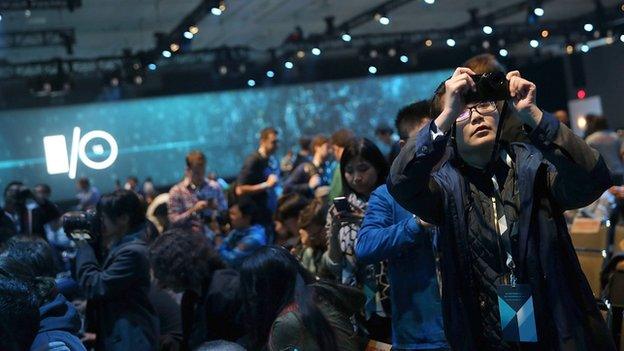Google unveils Chromecast Audio and new Nexus phones
- Published
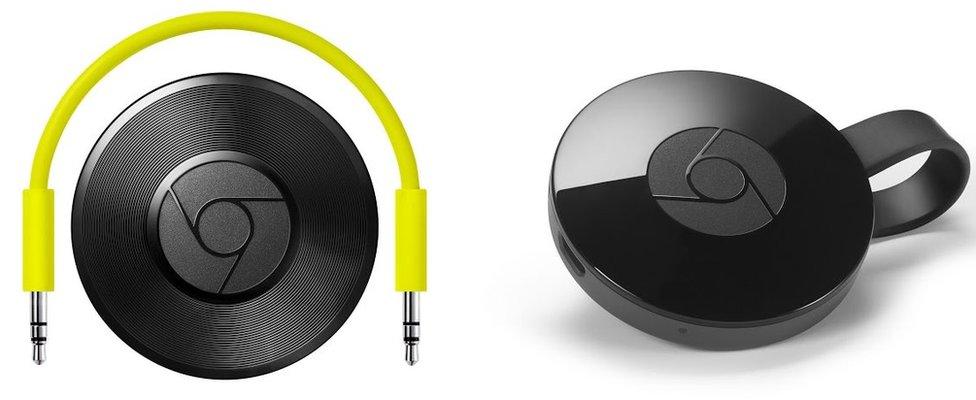
Google is to sell the Chromecast Audio, which plugs into music systems, and a new Chromecast for TVs, designed to be stuck to their rear
Google has announced a device that lets old hi-fis and speaker systems stream music and podcasts over wi-fi.
Owners can use it to listen to Spotify, iPlayer Radio and other selected apps on Android and iOS devices, and audio streamed via the Chrome browser on PCs.
The Chromecast Audio dongle costs £30, making it cheaper than many other similar streaming add-ons.
It also poses a challenge to speakers with built-in wi-fi, whose makers often charge a premium for their products.
At an event in San Francisco, Google said it had sold more than 20 million units of the original Chromecast, which streams media to TVs.
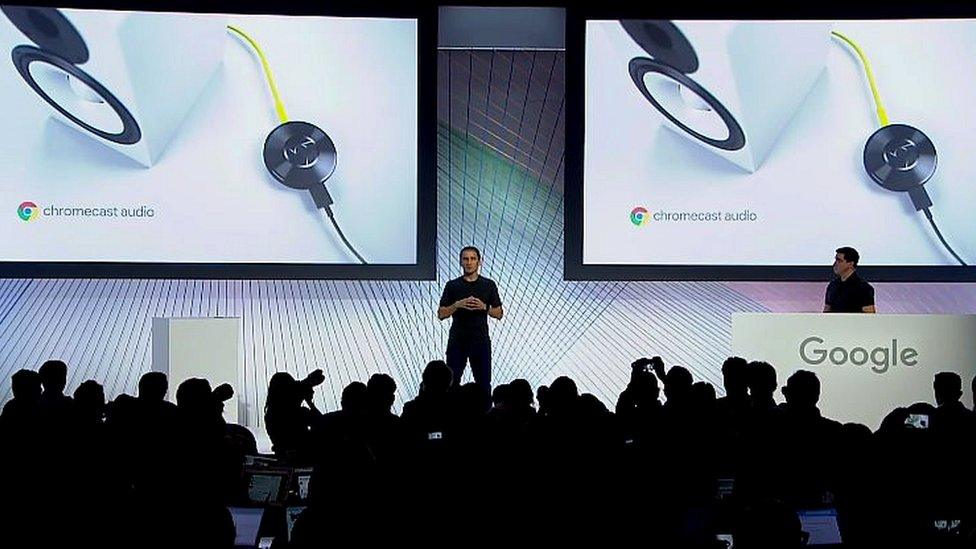
Google said the grooves on the top of Chromecast Audio's body are designed to resemble records
"The original Chromecast did really well because of Google's brand, which meant people trusted it would do what it said on the tin," said Stuart Miles, founder of the Pocket-lint tech website.
"We have seen similar devices to this before.
"But it will probably be quite successful because it will encourage people to upgrade their old hi-fis - which are still very good from an audio perspective."
The launch coincides with the release of a flagship "smart speaker" from Sonos, one of the bestselling brands in the sector.
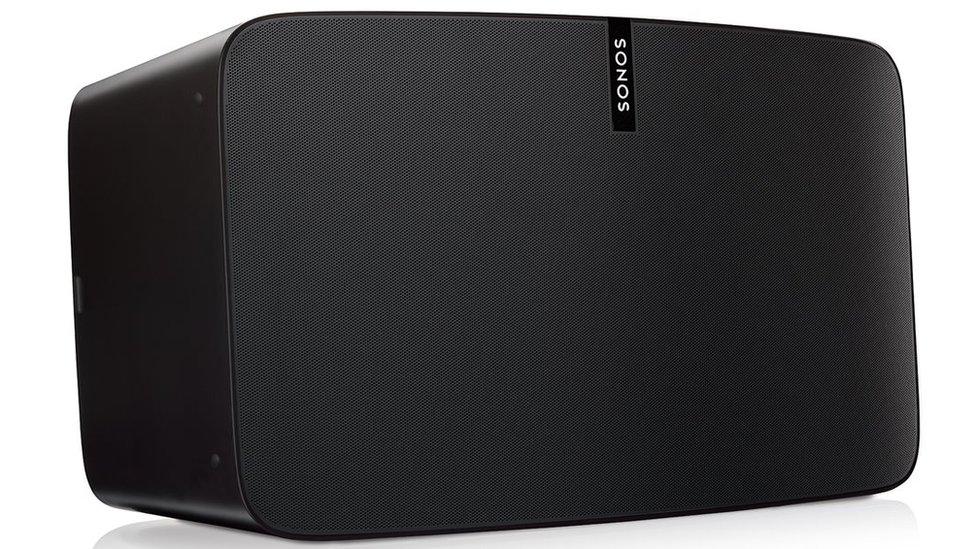
Sonos's latest speaker - the Play:5 - costs £429
Its kit is many times more expensive than Google's accessory, but Sonos says it delivers a superior "room-filling listening experience" that can be fine-tuned by new software.
Google also announced a second-generation Chromecast TV media streamer, which now has a third antenna to create more robust data connections and supports more apps than before.
The products are going on sale at a time when Apple, Amazon and Roku are also launching audio-visual streaming devices of their own.
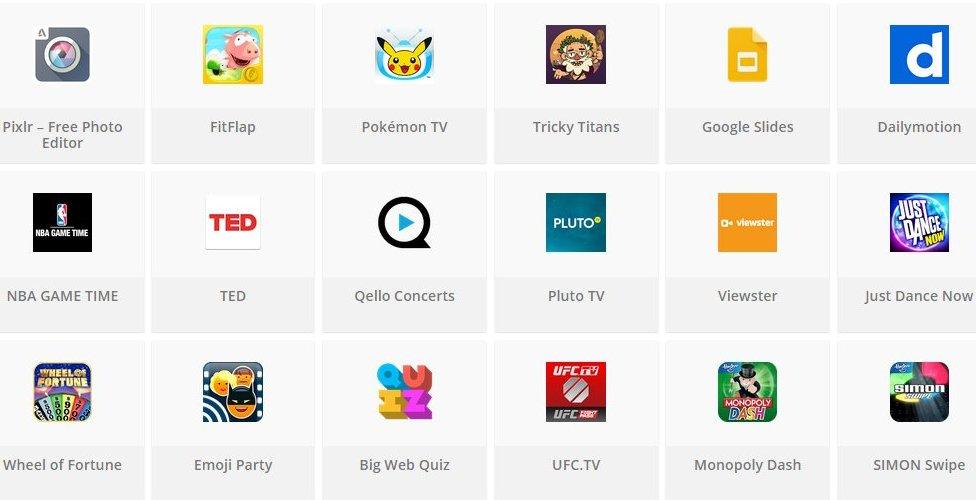
New apps for the Chromecast TV device include a Pokemon cartoon player and the Just Dance game
Favoured apps
Chromecast Audio can be connected to existing stereo equipment via standard 3.5mm audio jack, RCA or optical cables.
Once installed, compatible apps display an extra icon allowing them to "cast" sound to nearby dongles without the need for a separate pairing process.
This means visitors to the home will be able to stream material of their own once they join the local wi-fi network.
"As long as the devices are on the same network, proximity isn't an issue," Chromecast executive Dan Saunders told the BBC.
"It's not the same as the Bluetooth experience, where if you leave the room you break the [connection]."
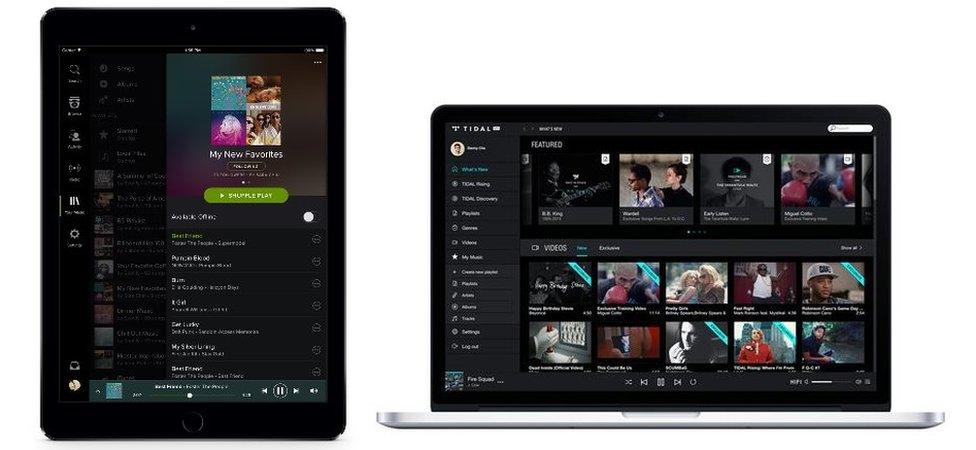
Spotify is compatible with Chromecast Audio, but Tidal is not
Deezer, Pandora, Rdio and Google's own Play Music service are among other apps supported at launch. Tracks can also be streamed from computers' local storage.
However, Apple Music and Tidal are not compatible.
Tweaking the sound
One feature that Google's product will not offer at launch is the ability to stream audio to multiple speakers at once, although the firm says it hopes to add that functionality by early next year.
This is one of the key selling points of Sonos's speakers, which allow owners to extend music playback into whichever rooms of their home they place its equipment.
As one of the sector's bestselling brands, it stresses the sound quality of its systems alongside their wireless capabilities to justify prices that range between £169 and £599.
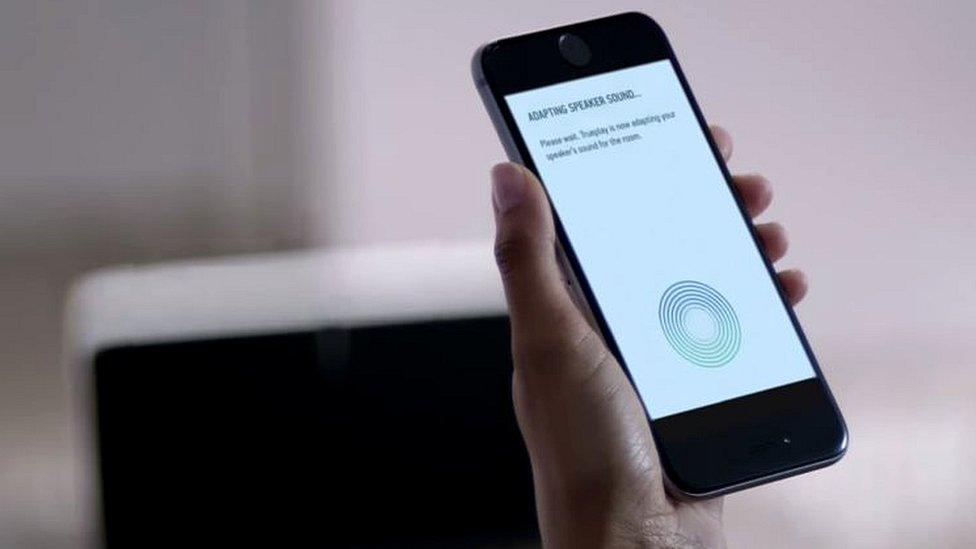
The Trueplay function is available only on Sonos's iPhone and iPad apps at present
The company's latest trick is Trueplay - an audio-check tool in its app that plays a range of tones from the speaker and analyses them to compensate for audio distortions caused by nearby windows, curtains and walls.
The theory is that the speakers deliver the same quality of playback wherever they are placed,
New hardware
Google also announced the launch of two new smartphones:
the Nexus 6P, made by Huawei
the Nexus 5X, made by LG

The Nexus 5X and larger Nexus 6P will initially be available online in the US, UK, Ireland and Japan
Both feature a 12.3 megapixel camera, a fingerprint sensor and the new USB C port.
The search firm also unveiled a tablet, called the Pixel C, which will go on sale later this year.
All three products run Android Marshmallow - the latest version of its mobile operating system - which has now been released.
Although older Nexus devices should be able to install the new OS immediately, it will take months before it is tested on and ready to be released for other Android products - many manufacturers will never offer customers the update.
Google's own-brand Android devices have never been bestsellers, but one expert said that was besides the point.
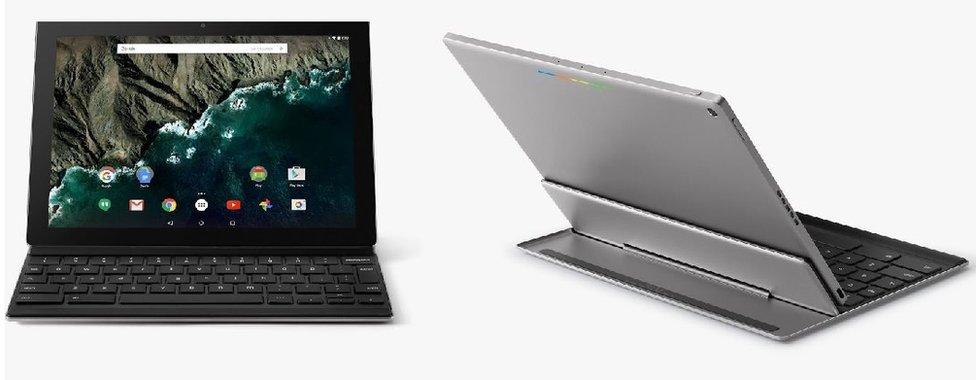
The Pixel C has a 10.2in (25.9cm) display and can be attached to a rigid keyboard accessory
"They're targeted at ultra-early adopter Android enthusiasts and developers," said Ben Wood from the technology consultancy CCS Insight.
"Google needs these devices to act as a reference platform.
"It means the opinion leaders - the tech bloggers - have devices in their hands that can show off the latest Google and Android services and enhancements as soon as they're released.
"The manufacturers compete to make them - despite the costs involved and limited sales - because it gives them a tremendous advantage to have early access to the new code and features Google is developing.
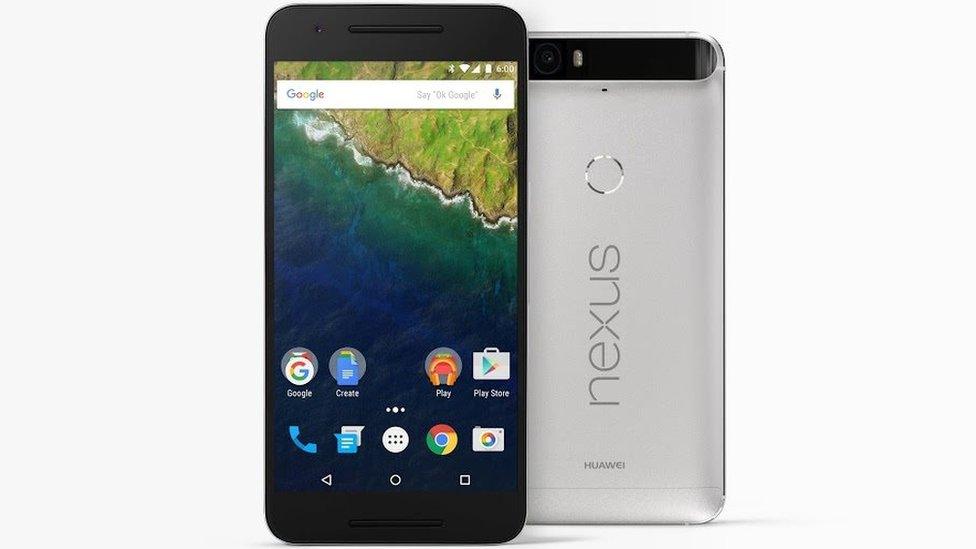
Huawei's Nexus 6P has a 5.7in screen, an aluminium shell and a 64-bit processor
"That can give them the edge when designing their other handsets."
Another analyst said it was notable that Huawei - China's bestselling handset-maker - had been picked as a Nexus partner for the first time.
"Huawei had been struggling to open up the US consumer market," said Ian Fogg, from IHS Technology.
"This will raise its visibility and its ability to execute a high-quality handset - for Huawei, the Nexus relationship is extremely important."
- Published30 September 2015
- Published29 September 2015
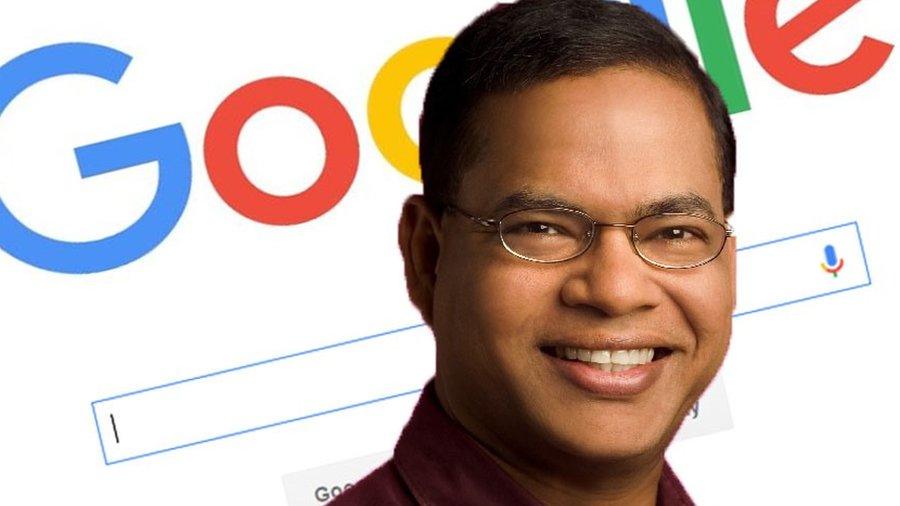
- Published9 September 2015

- Published28 May 2015
